Description
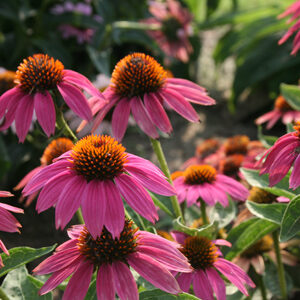 Echinacea purpurea ‘PowWow Wild Berry’
Echinacea purpurea ‘PowWow Wild Berry’
Purple Coneflower
USDA Zone: 3-9
A distinctive selection from PanAm Seed Co. of the Purple Coneflower, one of our most popular native wildflowers. Plants form a midsized mound of coarse dark-green leaves, bearing large daisy flowers with magenta-pink petals surrounding an orange-brown central cone by midsummer. Beautiful companion to E. purpurea ‘Pow Wow White’. Coneflowers are sturdy and easy-care perennials that perform best in a sunny location. Flowers are very attractive to butterflies. Outstanding for cutting. Removing faded flowers regularly will greatly increase the blooming period. Leaving dried seed heads on the plants at the end of the season will provide food for wintering birds and add interest to the winter garden. They’re also useful in dried arrangements. Plants may be easily divided in early spring. Any seedlings that appear can also be moved at that time. An All-America Selections Winner for 2010.
Sun Exposure Full Sun or Partial Shade
Soil Type Normal or Sandy or Clay
Soil pH Neutral or Alkaline or Acid
Soil Moisture Average or Dry or Moist
Care Level Easy
Flower Color Purple
Purple
Blooming Time Mid-Summer Late Summer Early Fall Mid Fall
Foliage Color Deep Green
Plant Uses & Characteristics
Accent: Good Texture/Form Attracts Butterflies
Border Containers
Cut Flower Deer Resistant
Dried Flower Drought Tolerant
Massed Wild Flower
Flower Head Size Large
Height 20-23 inches
Spread 18-23 inches
Foot Traffic None
Growth Rate Medium
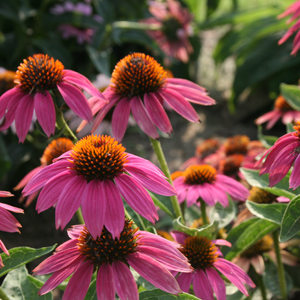
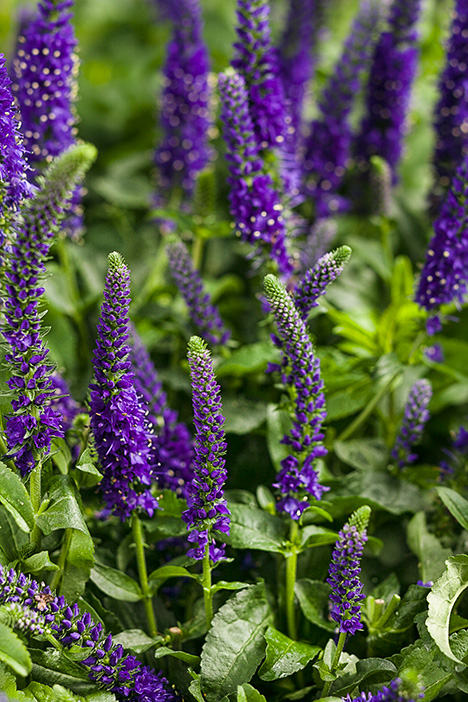
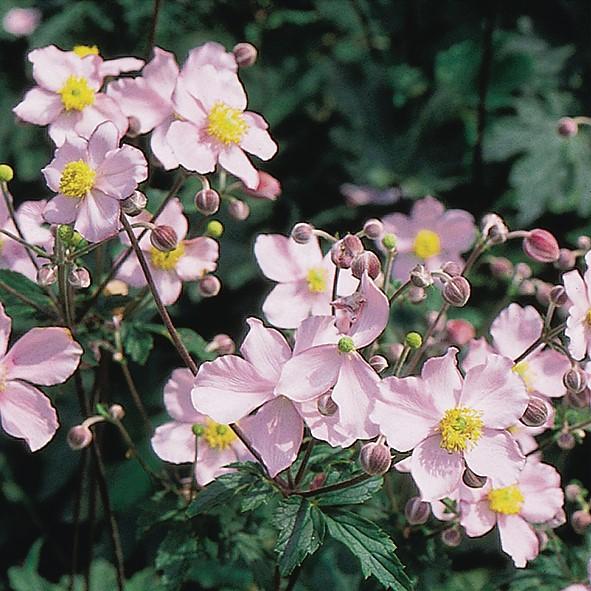
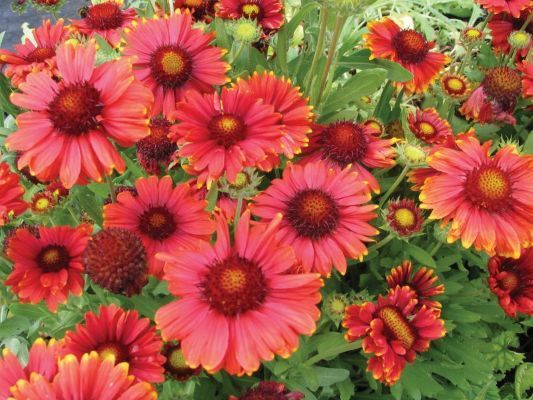
Reviews
There are no reviews yet.